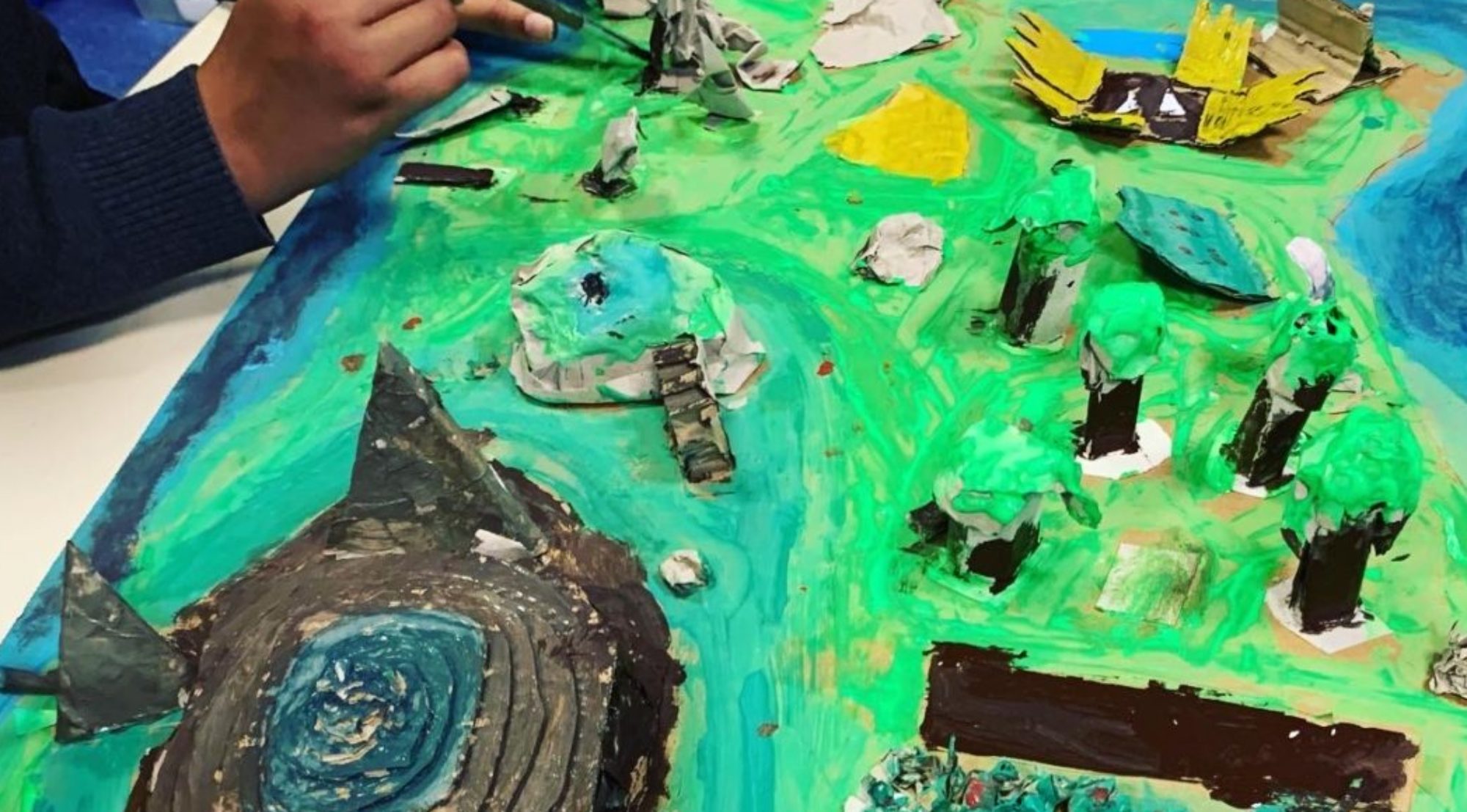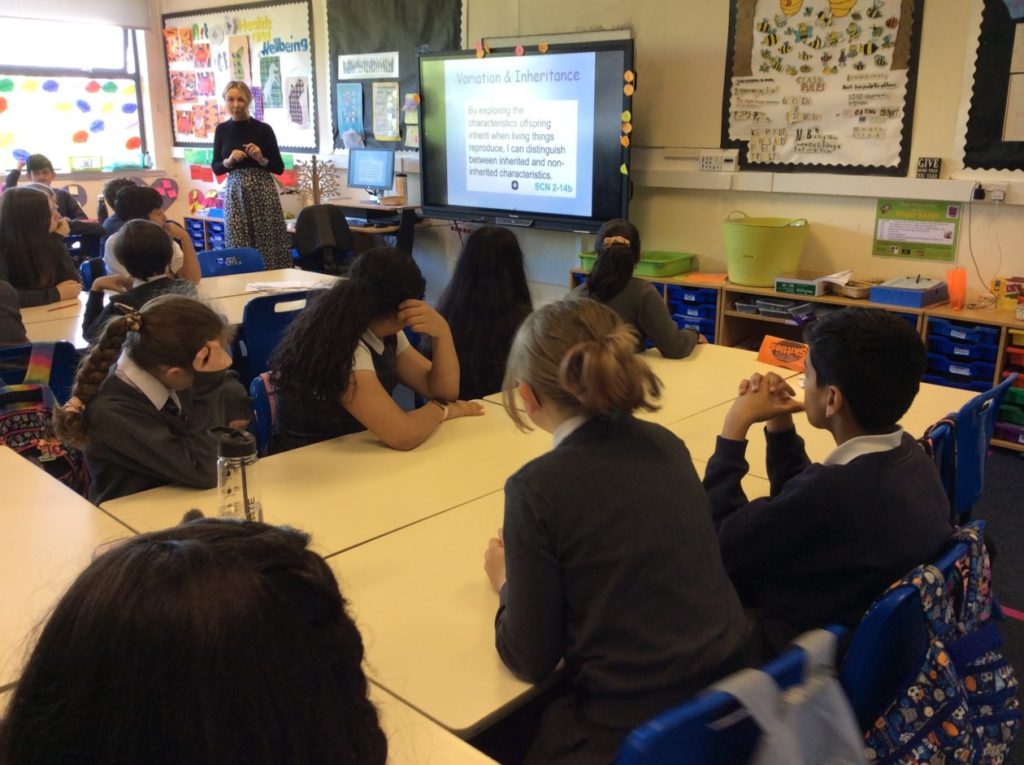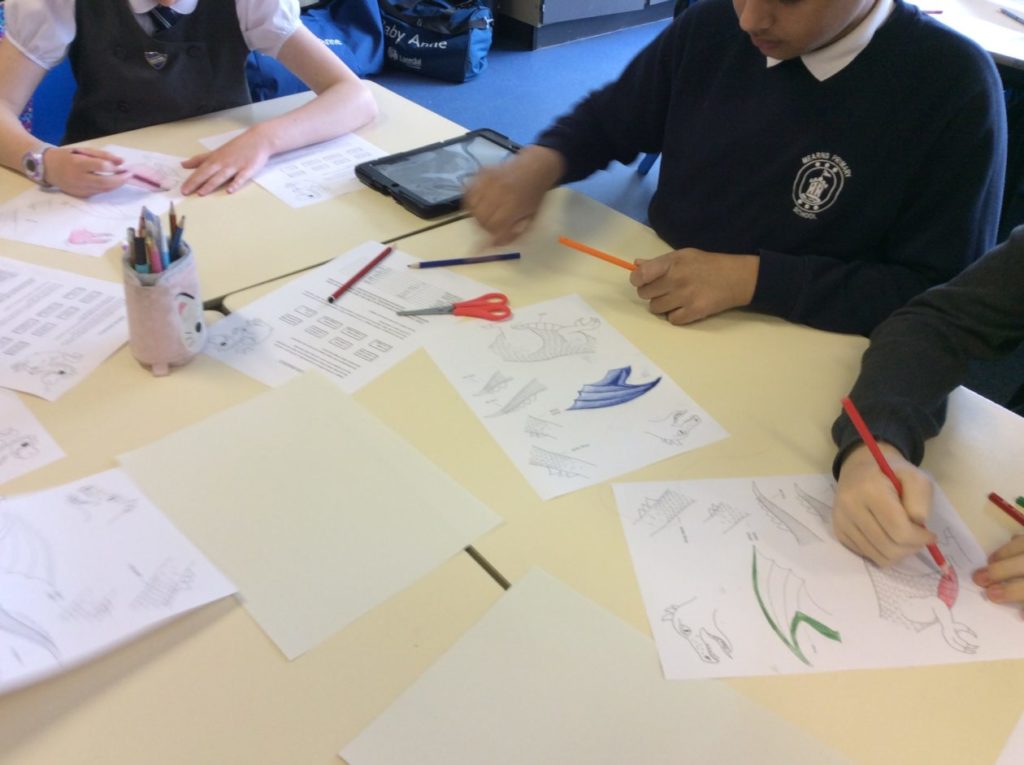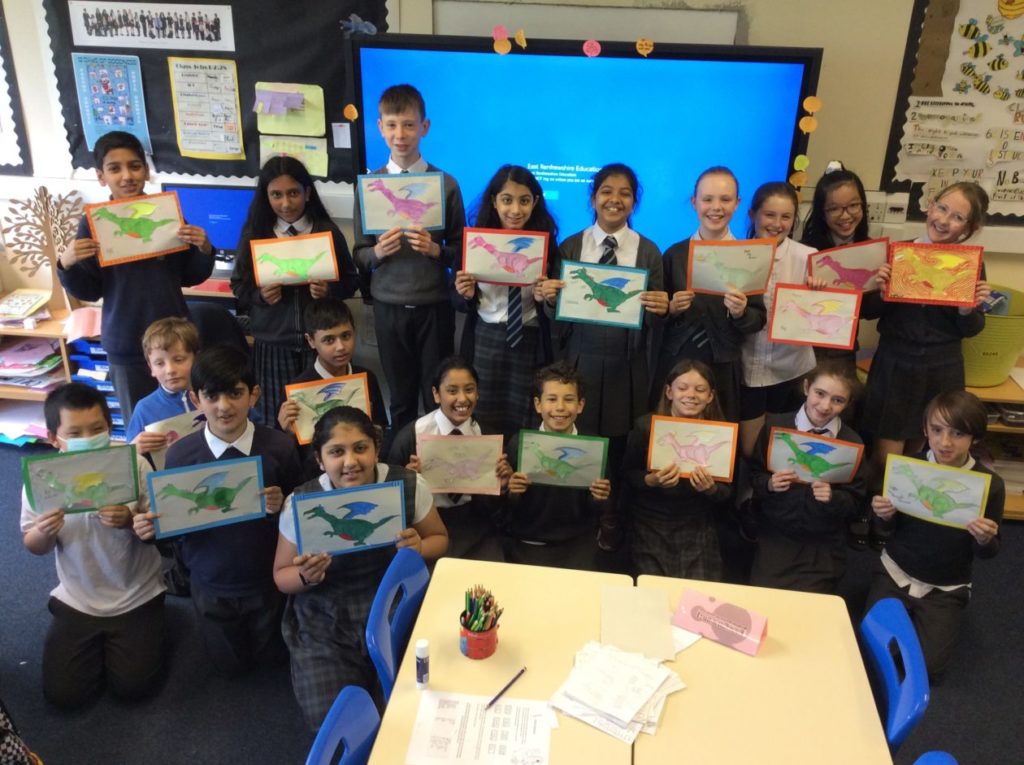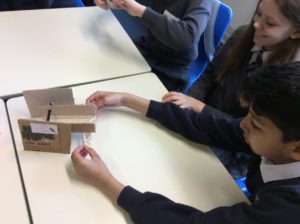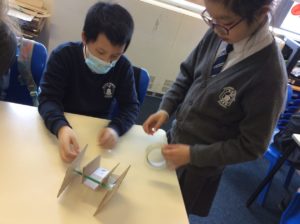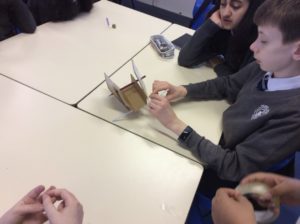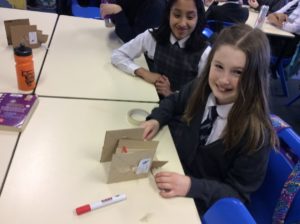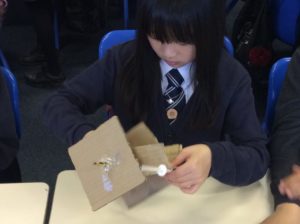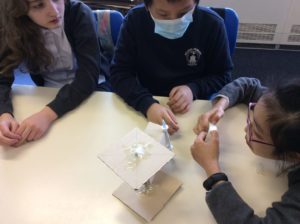This week we had 2 visits from Eastwood’s science teachers. On Wednesday we learned a bit about genetics. We made our own dragons using coins that said wee and big to determine how our dragon would look. After we had all our results we coloured and assembled our dragons. Once our dragons were assembled we picked some coloured paper and stapled to our picture to create a border. After that we decorated our border to make it look nice.
On Thursday we did a bit on batteries and for our experiment we found out how many electrical volts the fruit/veg contained. First we plugged in the wires to the volt measurer and plugged crocodile clips to the end of them. Then we clipped a zinc nail to one of the wires and a copper one to the other. Once we had done that we put the nails in the fruit and recorded the amount of volts the fruit could produce.
